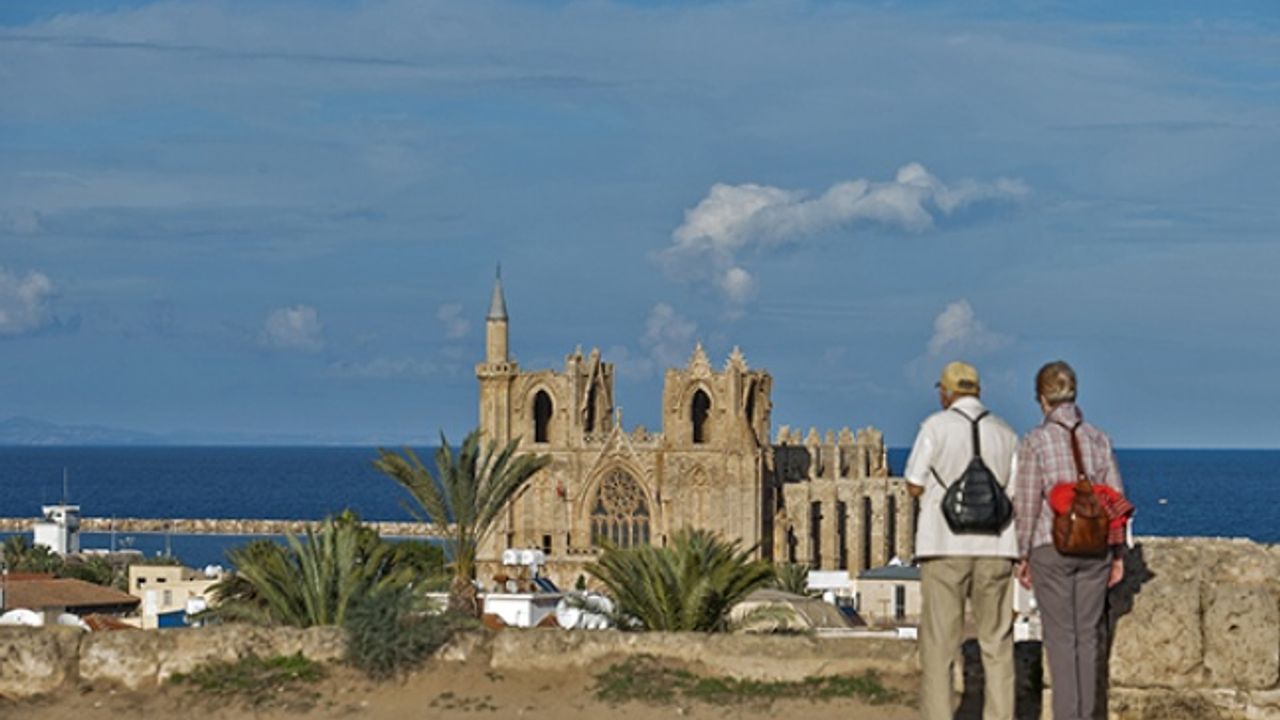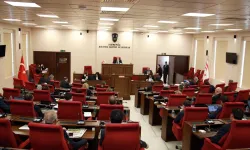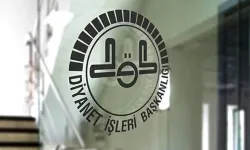Hasan KARLITAŞ
For the readers of the North Cyprus UK newspaper, with the eyes of a tourist guide I have tried to prepare a list of some historical and touristic attractions that can be visited in the six districts of Northern Cyprus. Cyprus is waiting for you to feel it’s smell and authenticity…
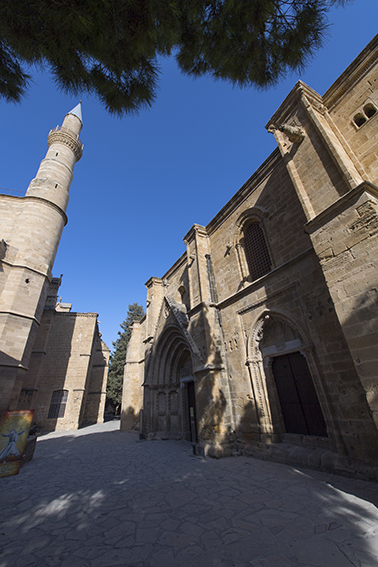
- NICOSIA : Kyrenia Gate (Porta Del Proveditore), Mevlevi Tekke, the Venetian Column, N.E.U Museum, the Great Inn (Büyük Han), St. Sophia Cathedral, the Gambler’s Inn (Kumarcilar Han), Church of St. Nicholas, Museum of Medieval Stone Works, Arab Ahmet Mosque, the Covered Bazaar (Bandabuliya), Arasta Bazaar, Armenian Church (Notre Dame de Tyre), the Great Turkish Bath (Büyük Hamam), British Colonial Period Structures, Samanbahçe Houses, Arab Ahmet Neighbourhood, II.Sultan Mahmud Libary, Church of St. Catherine of Sinai (Haydarpasha Mosque), St. Lucas Church, the Eaved House (Saçaklı Ev), Lusighnan House and Dervish Pasha Mansion (Luzinyan Evi ve Derviş Paşa Konağı), The Private Ethnographic Museum of Cyprus which is located outside the walls, the Fine Arts Museum, Nature Museum and the Classic Car Museum which are located on the N.E.U campus also worth seeing.
A visit to Cyprus without a walk between the city walls of the Capital of Civilizations, Nicosia is absolutely incomplete. Each step of the visit and every corner between the city walls has a distinct historical and cultural value. Being the most important Ottoman structure in Cyprus with 68 rooms The Great Inn and the St. Sophia Cathedral, which is located in the middle of the capital Nicosia, where the Lusignan Kings were crowned as the King of Cyprus, was turned into a mosque after 1571, and is definitely worth a visit.

- KYRENIA : Kyrenia Castle, Historical Kyrenia Harbour, St. Hilarion Castle, Bellapais Monastery, Buffavento Castle, The Church of the Archangel Michael and the Icon Museum, Museum of Fine Arts, Folk Art Museum, Soupr Magar Monastery, Church of Antiphonitis, Ancient Lambousa City, Incesu Watferfall, Sinai Monastery, Karmi Village, Alevkaya Region and Herbarium where Cyprus endemics, orchid species and rare wild plants are found.
Built with magnificent Gothic architecture that has survived with all its glory and is the best example in the Eastern Mediterranean the Bellapais Monastery, Kyrenia Castle and St. Hillarion Castle which is one of the 3 important mountain castles of the Middle ages should be seen.

- FAMAGUSTA : Ancient Salamis Ruins, Royal Tombs, St. Barnabas Monastery, Icon and Archaeology Museum, Enkomi and Alasya Ancient Settlements, Othello’s Tower, Walled City ; St. Nicholas' Cathedral (Lala Mustafa Paşa Camii), Church of St. Peter and St. Paul (Sinan Pasa Camii-Buğday Camii), Venetian Palace (Plazza Del Proveditore), Cafer Pasha bath (Cafer Paşa Hamam), Tomb of 28 Mehmet Cheleb, St. George of the Latins Church, St. George of the Greeks Church, St. Anthony Church, Nestorian Church, the Twin Churches, Namik Kemal Dungeon, Akkule Land Gate (Ravaelin), Sea Gate (Porta Del Mare), Varosha Town, Cittaslow Geçitkale Incirli Cave, Çiftlikdüzü Settlement and Cyprus in Miniature at Cittaslow Tatlısu.
Salamis, one of the most important ancient cities of the island of Cyprus, which has been inhabited since the 11th century BC, the walled city of Famagusta which is an open air museum and the Monastery of St. Barnabas, which has a great impact on Cyprus in terms of faith tourism must definitely be visited. The mysterious harbour of the east awaits its visitors…
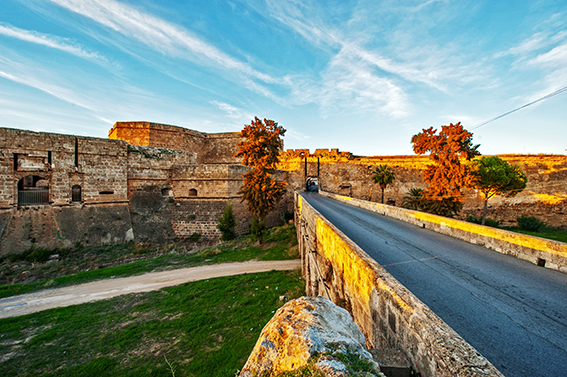
- ISKELE AND KARPAZ : Iskele Archaeology Museum, Panagia Theodokou Church and Icon Museum, Natural Life Museum, St. James Church, Kantara Castle, the Church of Panaya Kanakaria, Eco Tourism Areas in Büyükkonuk Village, Kings Hill in Kaleburnu Village, Nitovikla Castle, Ay. Trias Basilica, Büyükkonuk and Kumyalı Eco Village implementations, Cittaslow Mehmetçik (Galateia), Giant Sculptures from the Archaic Period, Aphendrika (Urania), Ayios Philon Church, Golden Beach, the National Park Area where the Donkeys known as the symbol of Cyprus are found, favourable areas for walking tours and special interest tourism, Apostolos Andreas Monastery and Kastros Neolithic settlement.
Karpaz Golden Beach, one of the most beautiful beaches in the world, the rich Flora-fauna in the Karpaz national park area, the Karpaz donkeys known as one of the symbols of Cyprus, the historical, cultural, and natural feel of Karpaz which is a completely different world awaits its visitors.
- GÜZELYURT : Guzelyurt Museum of Archaeology and Nature, St. Mamas Monastery and Icon Museum, Citrus Gardens, the Monumental Olive Trees of Kalkanlı, Culture House of Güzelyurt, Primary School (İptidai Mektebi), Ayios Georgios Maronite Church in Koruçam, Historical Güzelyurt Houses, Historic Train Station, Toumba Tou Skuru, and just outside the borders of Güzelyurt in Akdeniz Village there is a Turtles Nesting Area and Pigades Shrine.
You will be delighted to visit the unique character of Güzelyurt and the monumental olive trees next to the Saint Mamas church, the gold finds extracted from Soli City in 2005 and exhibited under the name of The Golden leaves of Soli in the Güzelyurt Archeology and Nature Museum.
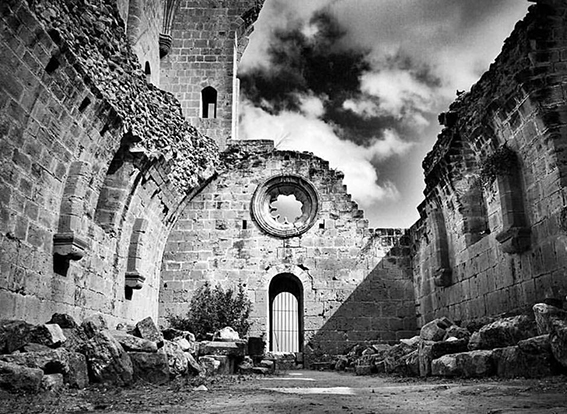
- LEFKE REGION : Ancient City of Soli, Petra Tou Limnidi Island, Vouni Palace, Ottoman and British Artifacts in Lefke, Piri Pasha Mosque, Ottoman and Venetian Aqueducts, Acendu Fountain, Coronation Monument, Graffiti (mural) artwork on the walls in Lefke, Sheikh Nazım’s Lodge, describing production of the region; Strawberries in Yeşilırmak village, Verigo grapes in Yedidalga, walnut palm and Jaffa orange trees in Lefke, the copper mine area, the Miner’s Statue, Bağlıköy Eco village, Cittaslow Lefke and traditional Cypriot feel in Lefke and its surrounding villages.
The theatre with its uniquely beautiful Swan Mosaic in the Ancient City of Soli, the Vuni Palace which is the only known Persian ruins in our island, and the character of Lefke region with the richest greenery where the unique feeling of Cittaslow can be felt best, is definitely worth visiting.
